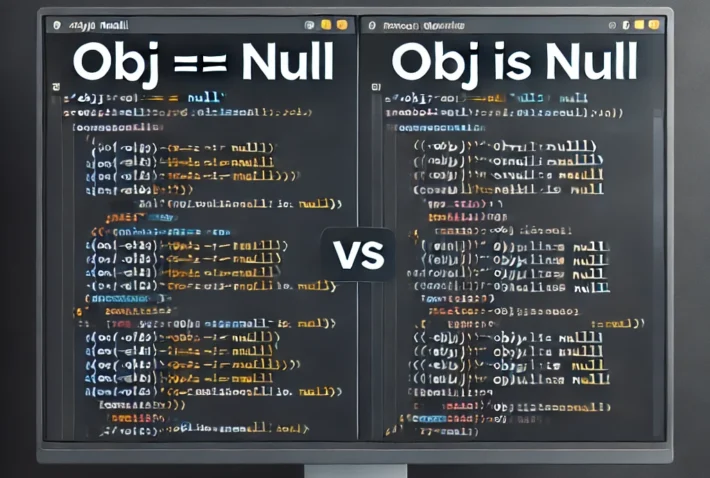State Management in Blazor: Best Practices and Strategies

State management is a critical aspect of building Blazor applications, as it determines how data is stored, updated, and shared across components. Unlike JavaScript frameworks such as React and Angular, Blazor leverages C# for managing state, offering several built-in and advanced strategies. This article explores state management approaches in Blazor, covering built-in options and external libraries for more scalable applications.
State in Blazor
State in Blazor refers to data that influences the UI rendering and behavior of a component. Since Blazor is component-based, each component can maintain its state internally or share state across multiple components.
Blazor provides two execution models: (a) Blazor Server: State is managed on the server, and UI updates are pushed via SignalR; (b) Blazor WebAssembly: State is managed in the client’s browser, persisting only during the session unless stored explicitly.
Built-in State Management Techniques
1. Component State (Private Fields)
Each Blazor component can maintain internal state using private fields.
@code {
private int count = 0;
private void Increment() => count++;
}
However, this state resets when the component is reloaded.
2. Cascading Parameters
When multiple child components need access to the same state, CascadingValue can be used.
<CascadingValue Value="currentUser">
<UserProfile />
</CascadingValue>
The child component receives the value:
@code {
[CascadingParameter] public User currentUser { get; set; }
}
3. Dependency Injection (DI) for Shared State
State can be managed through a service registered in DI.
Step 1: Create a State Service
public class CounterService
{
public int Count { get; private set; }
public void Increment() => Count++;
}
Step 2: Register Service in Program.cs
builder.Services.AddSingleton<CounterService>();
Step 3: Inject and Use in Components
@inject CounterService CounterService <p>Count: @CounterService.Count</p> <button @onclick="() => CounterService.Increment()">Increment</button>
This allows components to share the same counter state.
Advanced State Management Techniques
4. Using Fluxor for State Management
Fluxor is a state management library inspired by Redux that provides predictable state updates.
Step 1: Install Fluxor
dotnet add package Fluxor.Blazor.Web
Step 2: Configure Fluxor
builder.Services.AddFluxor(options => options.ScanAssemblies(typeof(Program).Assembly));
Step 3: Define a State and Actions
public record CounterState(int Count);
public class IncrementCounterAction { }
public class CounterReducer : Reducer<CounterState, IncrementCounterAction>
{
public override CounterState Reduce(CounterState state, IncrementCounterAction action) => new(state.Count + 1);
}
Step 4: Use in Blazor Component
@inject IDispatcher Dispatcher @inject IState<CounterState> CounterState <p>Count: @CounterState.Value.Count</p> <button @onclick="() => Dispatcher.Dispatch(new IncrementCounterAction())">Increment</button>
This approach centralizes state updates, making debugging and testing easier.
5. Persisting State with Local Storage
For Blazor WebAssembly apps, state can be stored in the browser’s LocalStorage.
Step 1: Install Blazored.LocalStorage
dotnet add package Blazored.LocalStorage
Step 2: Register in Program.cs
builder.Services.AddBlazoredLocalStorage();
Step 3: Use in Component
@inject ILocalStorageService LocalStorage
@code {
private int count;
protected override async Task OnInitializedAsync()
{
count = await LocalStorage.GetItemAsync<int>("counter");
}
private async Task Increment()
{
count++;
await LocalStorage.SetItemAsync("counter", count);
}
}
This ensures that state persists even after a page refresh.
Comparing Blazor State Management Approaches
| Method | Best for | Scope | Persistence |
|---|---|---|---|
| Component State | Small UI state | Per component | ❌ No |
| Cascading Parameters | Shared parent-child state | Component tree | ❌ No |
| Dependency Injection | Shared global state | Application-wide | ❌ No |
| Fluxor (Redux pattern) | Complex apps | Application-wide | ❌ No |
| LocalStorage | Persisting user data | Client-side | ✅ Yes |
Conclusion
Choosing the right state management strategy in Blazor depends on the complexity of the application. For simple apps, built-in state management techniques such as CascadingParameters and dependency injection work well. For larger applications, Fluxor provides a structured approach similar to Redux. When persistence is required, LocalStorage integration ensures that user data is retained across sessions.
By applying these best practices, Blazor developers can build scalable, maintainable, and high-performance applications with efficient state management.


